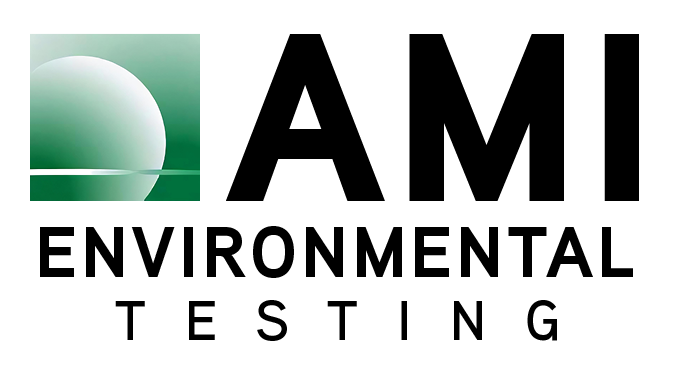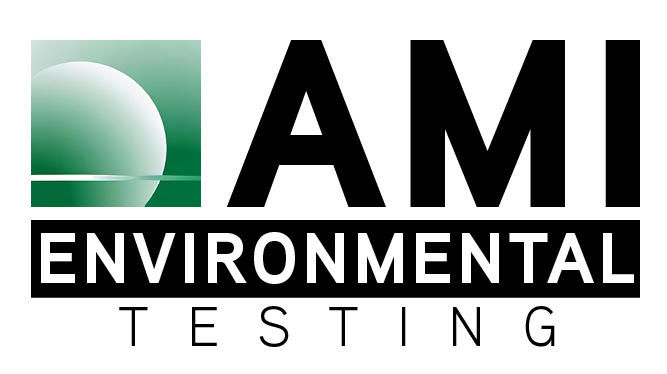Welding is such a common industrial process that up to two percent of the working population in industrialized nations has engaged in some form of welding. Welding is a hazardous process. Flash burns to the eyes, burns on the skin and fire are some of the more immediate and acute hazards. One serious hazard to workers health is welding fumes. Welding fumes can have long-term chronic effects as well as some acute affects. Despite advances in the technology to control welding fumes, many welders are continuing to be exposed to the deadly agents.
Protecting Eyes from Ultraviolet Radiation
Ultraviolet radiation emitted from the electric arc is a major concern that fortunately is easy to control. The polarized lens in the welder’s helmet protects welders and welders’ helpers from harm and contaminants. Safety glasses with polycarbonate lenses and side shields are appropriate for those who are only passing by. Welding curtains shielding personnel from non-ionizing radiation from the arc in high traffic areas should not be blue in color. Having precautions in place protects eyes from retinal changes such as an edema that is accompanied by decreased vision, blurred vision or scotoma.
Thermal Burns and Heat Stress
A common and very manageable health hazard in welding is thermal burns from the hot metal and the spatter created by the violence of the electric arc. The easiest way to protect an employee is by wearing leather, but it can cause other important health problems for the welder, heat stress. Heat stress can be a significant concern, especially when weldments that have been pre-heated are being worked on indoors. Bringing in shop fans or local exhaust ventilation can mitigate the effects of heat stress.
Exposures to Manganese
Evaluating the success of local exhaust ventilation requires identifying and monitoring the contaminants. The effects of overexposures have been more thoroughly investigated over the past decade. One of the products that have been studied in more depth has been manganese. The neurological effects of manganese overexposure include personality changes, motor fluctuations, dyskinesia and Parkinson’s like symptoms. Manganese exposures are due to the presence of manganese in the flux coating on the electrode. Manganese is added to the flux and mixes with the steel during the welding process, increasing hot strength ductility and minimizing under bead welding cracking. It could be expected to see manganese exposures during shielded metal arch welding work.
At AMI Environmental, our main goal is to assist businesses and create a safe working environment, while adhering to government regulations. With decades of experience, our Industrial Hygiene Professionals works to help our clients not only protects workers, but also manage risk. This allows you to then enjoy the peace of mind knowing your employees will be protected from harm. AMI will work to establish and maintain a safe work environment, including surveying your facility for risks; provide testing within your facility; maintain testing protocol; and assist in the recording process. If you have any questions or concerns, please contact Doug Marshall at [email protected].



